It's just before noon on a Thursday morning as I saunter down pit row at Daytona International Speedway and slide into the supportive sport bucket seat of a 2008 Porsche 911 GT2. I fiddle a bit with the seat and steering column adjustments until I'm comfortable, then double-check that my seatbelt is secured. It's hot and humid, but that's not why I'm perspiring - this cold sweat is a sign that my body's survival instincts are on edge, and for good reason. Fortunately, I've received personalized instruction from a quartet of legendary drivers and a complete technical briefing courtesy of Porsche Motorsports engineers, and there's little left to be learned without actually driving the car. I depress the heavily-weighted clutch pedal, muscle the short-throw shifter into 1st gear, bring the revs up, and...
A typical car-nut daydream? No - this was Autoblog's trip to the North American introduction of the third-generation Porsche 911 GT2. The folks from Zuffenhausen brought their latest no-holds-barred supercar to Daytona Beach, and allowed a select group of journalists to compare this latest effort to two other very capable 911 variants - the Turbo Coupe and GT3.
A typical car-nut daydream? No - this was Autoblog's trip to the North American introduction of the third-generation Porsche 911 GT2. The folks from Zuffenhausen brought their latest no-holds-barred supercar to Daytona Beach, and allowed a select group of journalists to compare this latest effort to two other very capable 911 variants - the Turbo Coupe and GT3.
Porsche provided the vehicles for testing. Autoblog does not accept travel or lodging from automakers when attending media events.
Live Photos Copyright ©2007 Eric Bryant / Weblogs, Inc.
The GT2 is far more than just a stripped-down Turbo, and Porsche Motorsports claims to have put over 100,000 engineering hours into the development of this car. We'll deal with the technical details in a series of upcoming posts, but it's fair to say that little on this car has remained untouched. Regardless, a regurgitation of figures and facts does little to describe the performance of a car like this - only some seat time on a closed-course will do.
To ensure the safety of us mere mortals, our co-pilots for the day would be some of the most famous names in Porsche racing history - Hurley Haywood, Kees Nierop, Patrick Long, and David Murray. Their task was not enviable, and was made ever more difficult by the pockets of standing water left on the infield track surface by an early morning rain shower. A trip around DIS in the shuttle vans was memorable to say the least (Haywood extracted far more performance from a 15-passenger Econoline than we though possible), and then it was time to receive a quick briefing on each car before partaking in the main event. The assembled group of writers was split into four groups, and we were paired with Nierop for our laps.
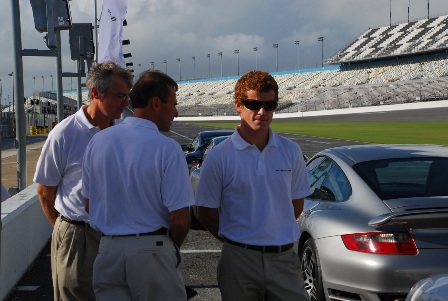
First, a bit about Daytona International Speedway's road course. The infield is deceptively simple in appearance; why, there's just six turns, and they all look fairly easy on a track map. The line isn't so easy to comprehend, though, and many of the apexes sit on the far side of a blind entry. This, though, pales in comparison with the sensation of exiting the Turn 6 sweeper and finding a three-story-tall wall of asphalt directly in one's path. That's actually the banking of the oval, and at this point there's no option but to apply as much throttle as possible to gain enough momentum for a climb up towards the wall. The car eventually settles down into the middle of the extremely bumpy middle lane (seriously - it makes Midwestern highways seem smooth in comparison), and by the time the long back straight comes along, we're rocketing along faster than the take-off speed of most airliners. The ride is hardly over, as there is still plenty of room for additional acceleration before the chicane demands some vigorous braking. It's then time for another burst of acceleration onto the second banked turn (even rougher than the first), and then a few more seconds of wide-open throttle through the tri-oval. The lap is completed with re-entry to the infield, which is a tricky affair to say the least - especially with a trio of rear-engine cars that have a reputation for oversteer.
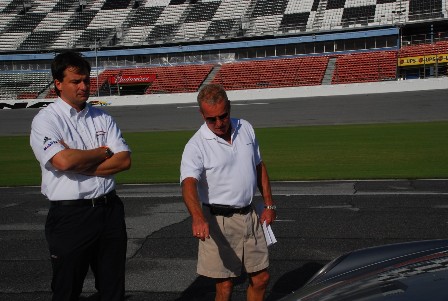
The first vehicle we sampled was the 911 Turbo Coupe. We short-shift to second upon leaving the pits, and barely idle along the track entry road until Nierop verifies that the traffic is clear. Coming out of Turn 3, we're given the go-ahead to slowly accelerate. Despite my attempt to moderate the throttle application, the pressurized flat-6 is all too ready to spool up, and the car shoots ahead as my vision narrows. The Turbo's ability to accelerate is exceeded by the power of the monstrous brakes, however, and the first application of the binders - barely a brush of the foot - just about brings the car to a halt. My brain is ready to pack it in at this point, as it's just not able to comprehend this level of performance. The next four laps are a bit of a blur, with Nierop shouting instructions and acting like some sort of hybrid between a rally navigator and drill instructor. I'm missing apexes, and the Turbo's immense grip allows me to take some horrible lines. I once find fifth gear when I wanted third, and yet the car pulls smoothly and quickly from 2,000 RPM. About the only way we upset the car was to trail the brakes coming off the tri-oval, and then the rear of the car quickly reminded us that it's carrying the majority of the mass and wouldn't be all that reluctant to pass the front. Even then, however, the Porsche Stability Management (PSM) stayed out of the way and let us get the car back in line.
The Turbo Coupe's grip is phenomenal, the pedals allow me to heel-and-toe as if I'd been driving the car for years, and the upright driving position maximizes visibility, which becomes incredibly important when trying to look ahead on the banked turns. The Porsche Active Suspension Management (PASM) hits the right compromise between compliance and stiffness to handle the bumpy track surface with aplomb (no minor feat with the vertical loading imposed by the high banking at 150 MPH), and there's amazingly little wind and road noise at more than double the national speed limit. This, without a doubt, is the best combination of sports car and luxury touring coupe that has ever been offered to the public.
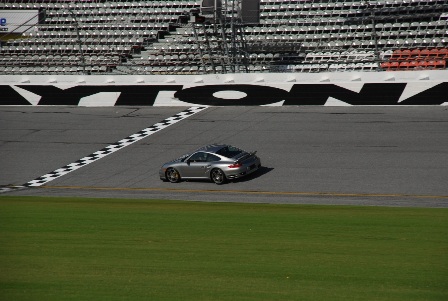
After catching my breath in the pits for a few minutes, it's now it's time to sample the GT2. Approximately 10% lighter and 10% more powerful, it also lacks the Turbo's AWD system, and thus depends solely on the fat 325-section rear tires to put its power to the pavement. The stance is about an inch lower, and it's sprouting cooler ducts and aerodynamic devices everywhere. The exhaust note is far more menacing, and when the professional drivers are on the track, the car sounds as if it's ripping a path through the atmosphere. Both Nierop and Haywood have stated their opinion that the production GT2 would be quicker around a track than Porsche's famed 935 (a racing car with which both drivers have significant experience). This car is scaring me before I even take the wheel.
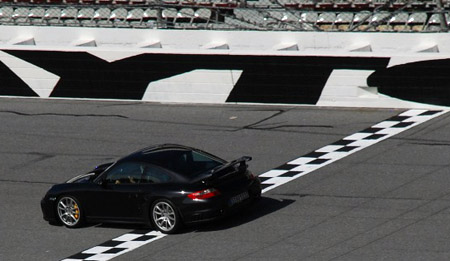
Fortunately, everything about the GT2's cabin is accommodating. Porsche's new sports seats are the most supportive thing this side of a true racing bucket (they'd easily receive our vote for the best production seats ever), and grippy Alcantara leather covers everything the driver touches. This is good, because my palms are sweating. The shifter, although weighted heavier than the Turbo's, is slick and precise, and the clutch pedal has the feel of a serious performance machine.
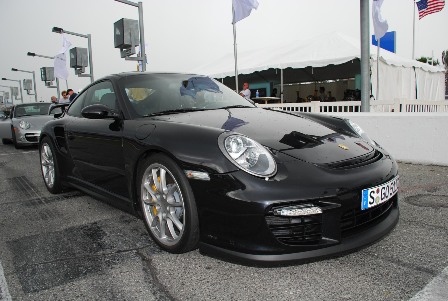
Leaving the pits, it's barely necessary to slip the clutch. Even though the GT2 squeezes 530 HP from only 3.6L, it has the low-end pull of a pickup truck (more, actually), and feels like it'd be just as happy launching in third gear. We enter the infield course, and already the lighter weight and stiffer suspension calibration are making themselves known on the first lap - even with PASM in the "normal" setting (trust us - the handling and ride stiffness in this mode is anything but normal). Hitting the banking of the oval, the GT2 simply feels better-planted than the Turbo Coupe - something that I wouldn't have believed possible had I not experienced the two cars back-to-back within an hour.
Despite the fact that the car was putting an extra 50 HP down to the track through only the rear wheels, we never experienced more than a hint of power-on oversteer during corner exits. If the traction control or stability management were intervening, they were doing it covertly. There wasn't any understeer during steady-state cornering, either - if more steering angle was dictated mid-corner, it could be dialed in without complaint from the front tires. And if the brakes on the Turbo Coupe were mind-boggling, then the GT2's ability to drop anchor simply defies words. I swear my eyeballs bounced off the inside of my glasses a few times, and I'm not ashamed to say that I brought the car to a near-halt a hundred feet short of my turn-in point on more than one occasion.
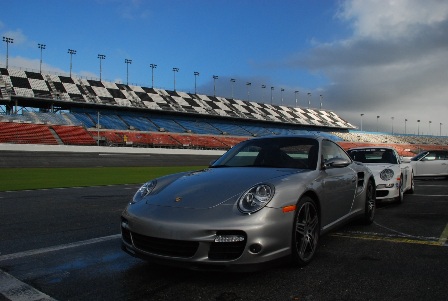
Due to the minimal interior insulation and the lack of rear seats, more engine noise is transmitted through the cabin of the GT2 than in the Turbo. We thought that this was a great thing. Wind noise seemed no worse, and the ride was tolerable if not exactly plush. Really, other than the stiff clutch pedal, this has the feel of a daily-driver sports car; a gentleman's race car that'd be happy taking the back roads home from work or endlessly hot-lapping any road course on the planet.
Haywood was kind enough to demonstrate the new Launch Assist mode to anyone who asked (and honestly, he probably would have done it without a request). The operation is simple - push in the clutch, put the shifter into first, push the throttle to the floor, wait for about 15 PSI of boost to build, and then release the clutch as quickly as possible. The air is filled with the odor of unburned fuel and burning rubber as the Motronic engine control struggles to keep the tires slipping at the optimum rate, and the car shoots forward as if it'd be just as comfortable at the dragstrip as it is on a road course. We doubt that a GT2 will ever make its presence known at Test-n-Tune night, but not for lack of ability.
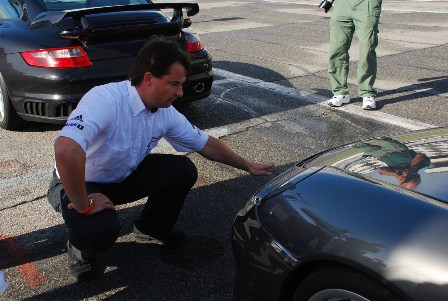
Some late-season thunderstorms denied us the chance to try out the GT3, but a quick poll of those who did get a chance to put it back-to-back with the GT2 seemed to conclude that there was little comparison. The GT3 makes far less power and does so with a relatively narrow powerband, and thus wasn't nearly as forgiving to drive. Combine that with a handling balance that had even the professional drivers on edge, and it seemed clear that the GT2 is a far better choice for most drivers.
The question, of course, comes down to whether the $191,700 GT2 is worth nearly seventy grand more than the 911 Turbo. Yes, it's better, but truly exploiting this additional capability would require a serious driver. Fortunately, those who can afford one can probably afford both, and we seriously doubt that the GT2 will be the only Porsche in the garages of its owners. Just make sure that enough money is left in the budget for track days, because both cars should be used in the intended manner as often as possible. Act quickly, though - only 200 are on the way to the U.S. (a total of 1,500 will be sold worldwide), and while Porsche representatives are quick to say that some are still available, we suspect that most have been spoken for by well-healed enthusiasts.
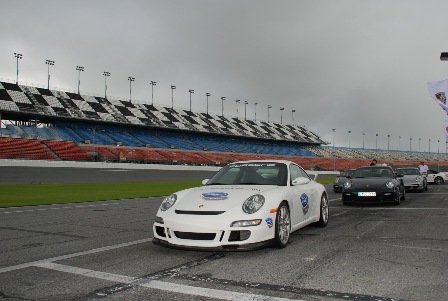
Porsche won't say what's next; it would seem that putting any more power through only two drive wheels would be the most difficult challenge, but instead what's worrying the engineers the most is the specter of upcoming carbon emission regulations. That would tend to shift the focus from more power to less weight, and it'd be easy to argue that this would be good for enthusiasts and environmentalists alike.
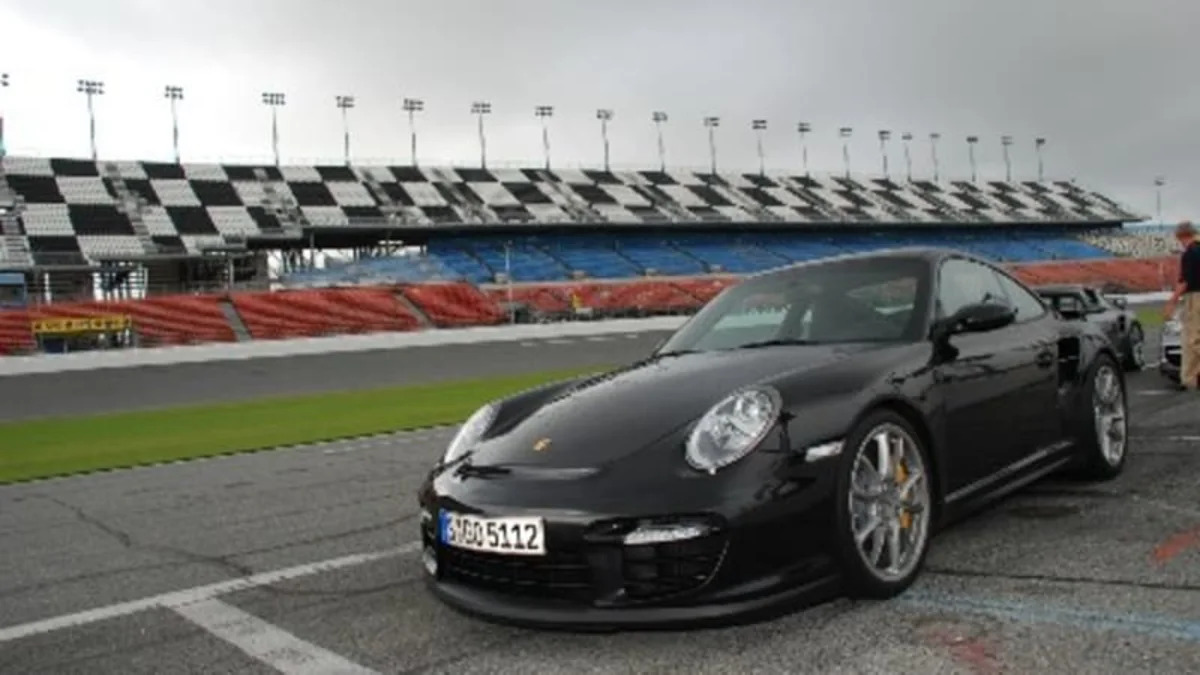
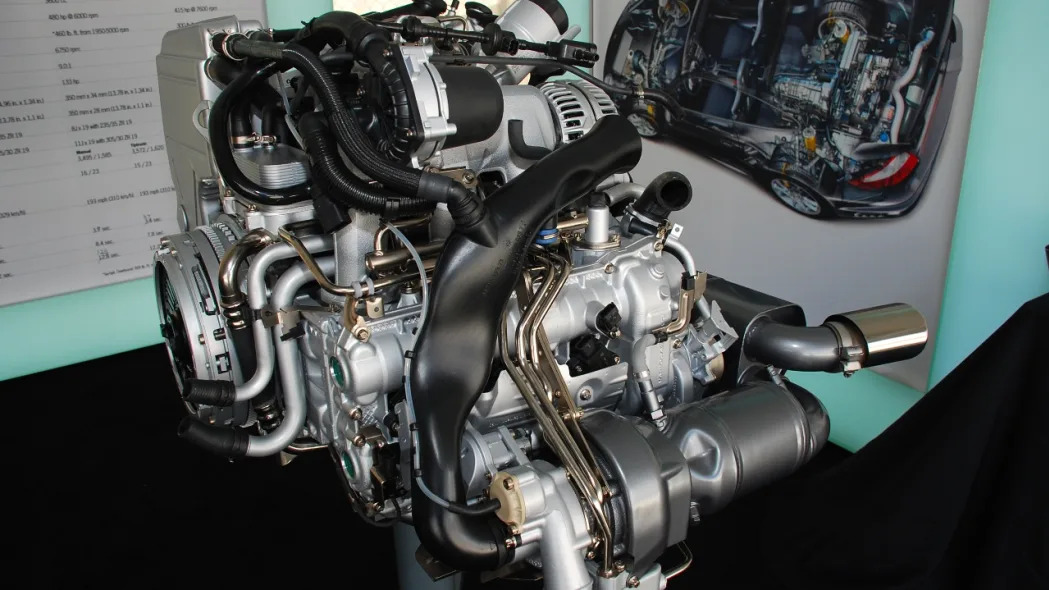

Sign in to post
Please sign in to leave a comment.
Continue